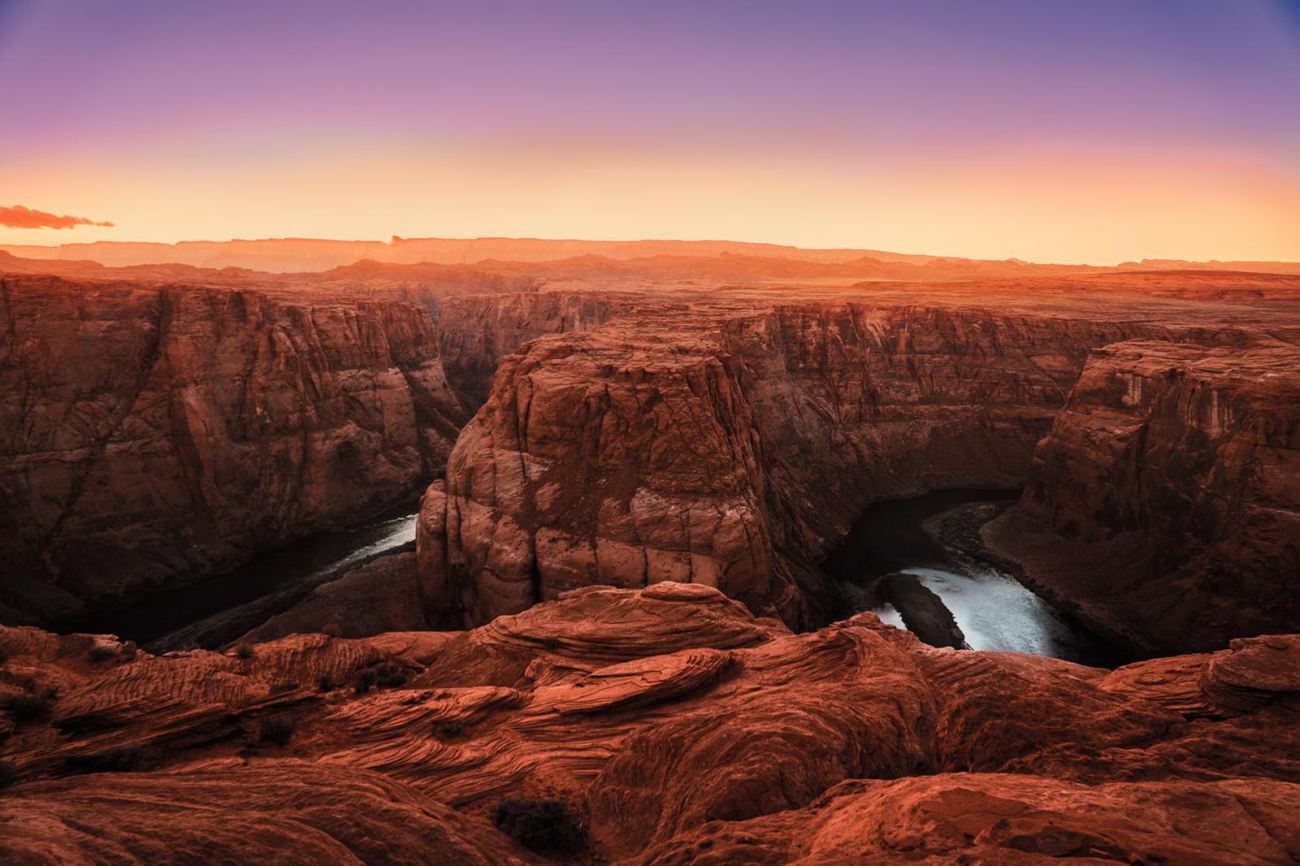The Grand Canyon stands as nature’s ultimate testament to time, patience, and geological wonder. Stretching 277 miles long, up to 18 miles wide, and reaching depths of over a mile, this magnificent chasm carved by the Colorado River presents one of the most breathtaking landscapes on Earth. While millions admire its splendor from the rim viewpoints each year, those who venture below the rim experience a transformative journey that connects them to the canyon in profound ways. The rim-to-river trails of the Grand Canyon offer not just a hike, but a passage through time itself—with each descending step taking travelers through nearly two billion years of Earth’s history. These trails challenge the body, inspire the mind, and nourish the soul in ways few other adventures can match, making them a quintessential entry on any outdoor enthusiast’s bucket list.
The Geological Marvel Beneath Your Feet
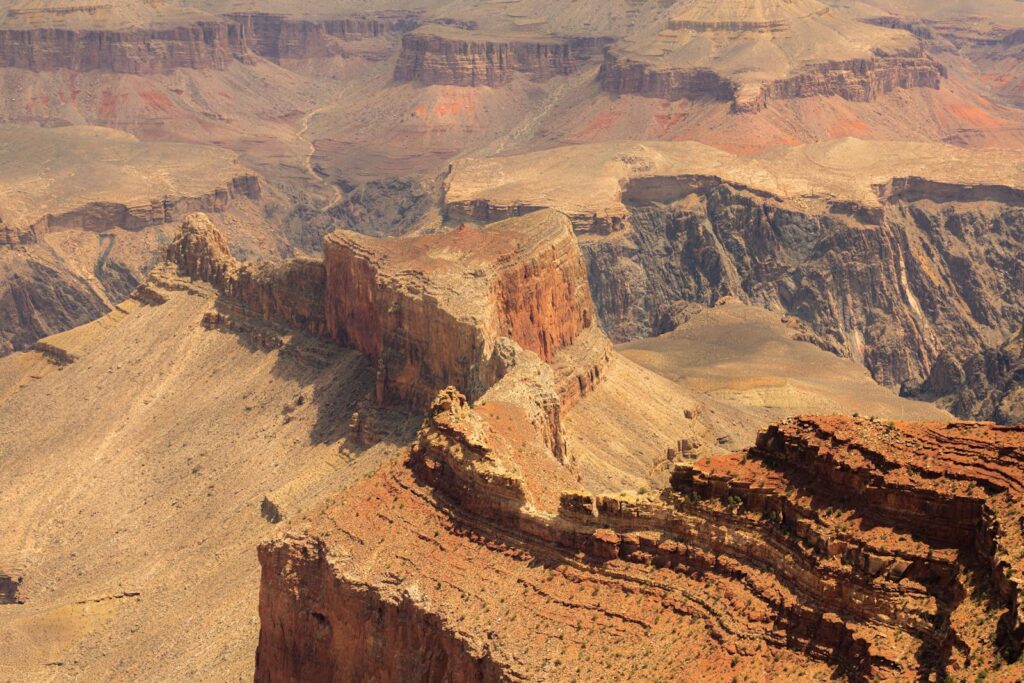
Hiking from rim to river means traversing through a virtual textbook of geological history laid bare by erosion. Each layer of rock represents a different epoch in Earth’s development, with the oldest Vishnu Schist at the bottom dating back 1.7 billion years. As you descend, you’ll witness the Tapeats Sandstone from ancient beaches, the fossils embedded in the Redwall Limestone from prehistoric seas, and the relatively young Kaibab Limestone that forms the canyon rim at a mere 270 million years old. The trail experience provides an unmatched perspective on these rock layers that textbooks simply cannot convey. Geologists refer to the Grand Canyon as one of the most complete and accessible geological records on the planet, making every hiker an explorer through Earth’s distant past.
Iconic Trails to Choose From
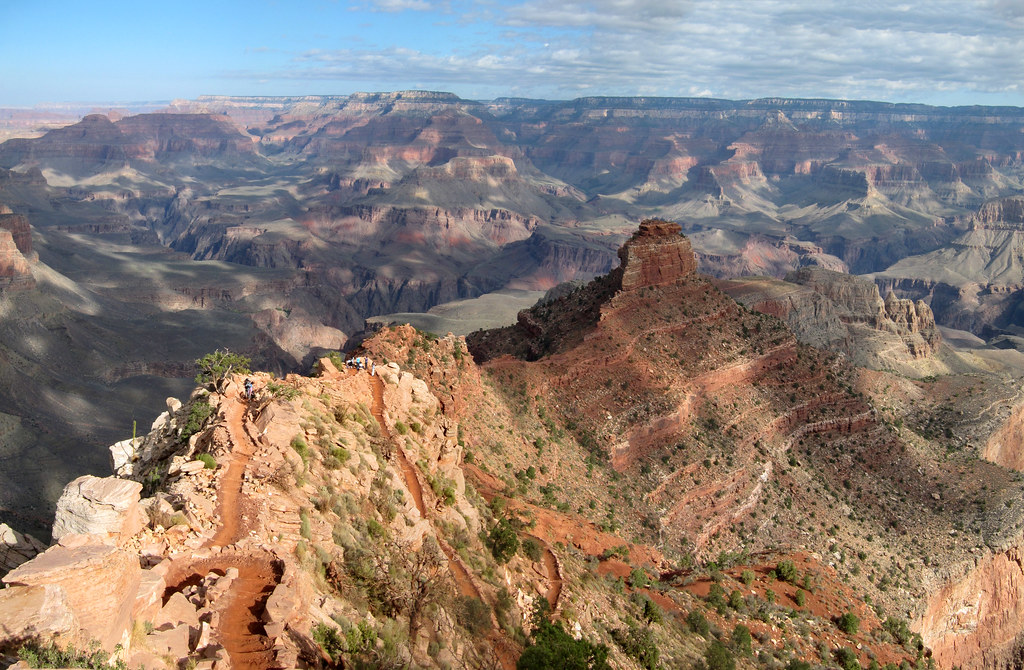
The Grand Canyon offers several distinct rim-to-river options, each with its own character and challenges. The Bright Angel Trail, perhaps the most famous, follows an ancient Native American route and offers regular rest houses and water sources during summer months. The steeper South Kaibab Trail provides more expansive, panoramic views as it follows ridgelines rather than side canyons. For the truly adventurous, the remote North Kaibab Trail descends from the less-visited North Rim through dramatically different ecosystems. The Hermit Trail and New Hance Trail offer more solitude but require advanced hiking skills due to their rugged, unmaintained nature. Each trail presents its own rewards and challenges, allowing hikers to choose an experience that matches their skill level and desired wilderness experience.
The Ecological Journey Through Life Zones
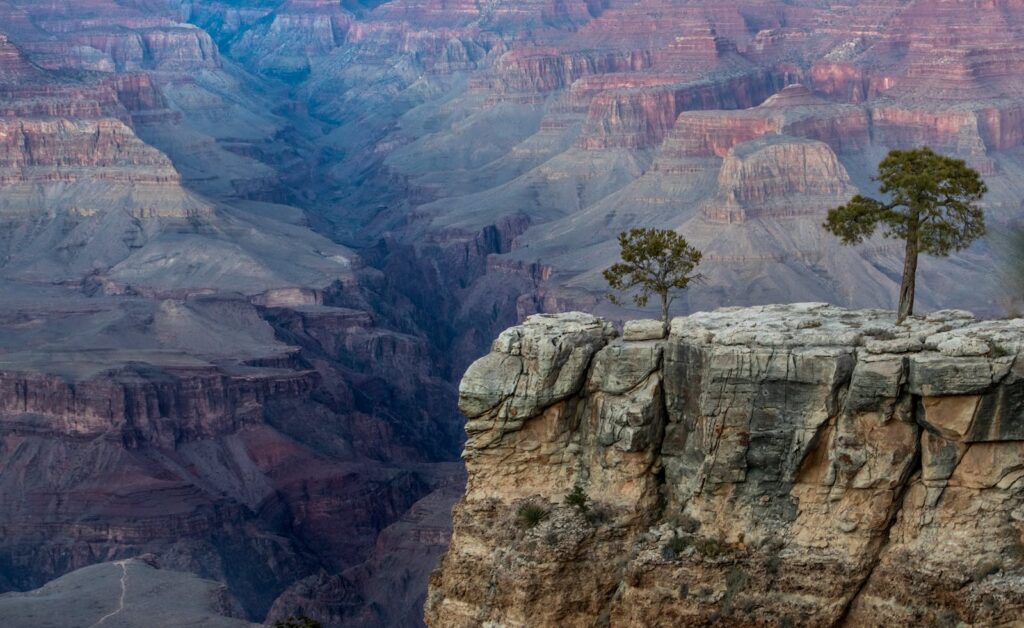
Descending into the Grand Canyon is like traveling from Canada to Mexico in a single day due to the dramatic changes in elevation and corresponding ecosystems. The journey begins in pine forests at the rim (around 7,000 feet elevation), where temperatures might be 20-30 degrees cooler than at the river. As you descend, you’ll pass through five distinct life zones, each home to different plant and animal communities adapted to specific conditions. The middle elevations feature desert scrub with resilient plants like agave and yucca, while approaching the river brings you to a riparian zone with cottonwoods, willows, and mesquite. This compressed ecological gradient supports over 1,500 plant species, 355 bird species, and 89 mammal species, offering wildlife viewing opportunities that change with every thousand feet of elevation change.
Physical Challenges and Preparation
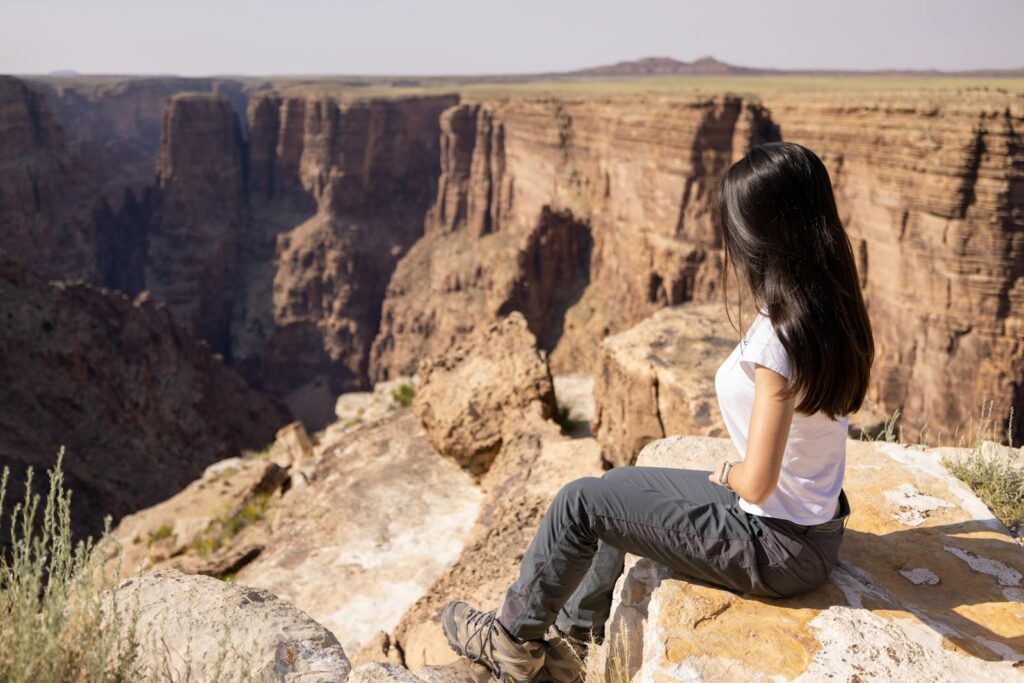
The rim-to-river journey presents a unique physical challenge that catches many hikers unprepared: unlike most mountain hikes, the difficult uphill portion comes at the end when fatigue is greatest. The elevation change of approximately 5,000 feet (1,500 meters) requires excellent cardiovascular fitness and leg strength, particularly for the ascent. Park rangers routinely rescue exhausted hikers who underestimated the difficulty, with summer temperatures at the river frequently exceeding 100°F (38°C). Proper preparation includes months of training with uphill hiking, carrying a similar pack weight, and acclimating to the elevation before attempting the journey. The National Park Service recommends that day hikers go no further than Indian Garden on the Bright Angel Trail or Skeleton Point on the South Kaibab Trail unless they have extensive desert hiking experience.
The Psychological Journey Within
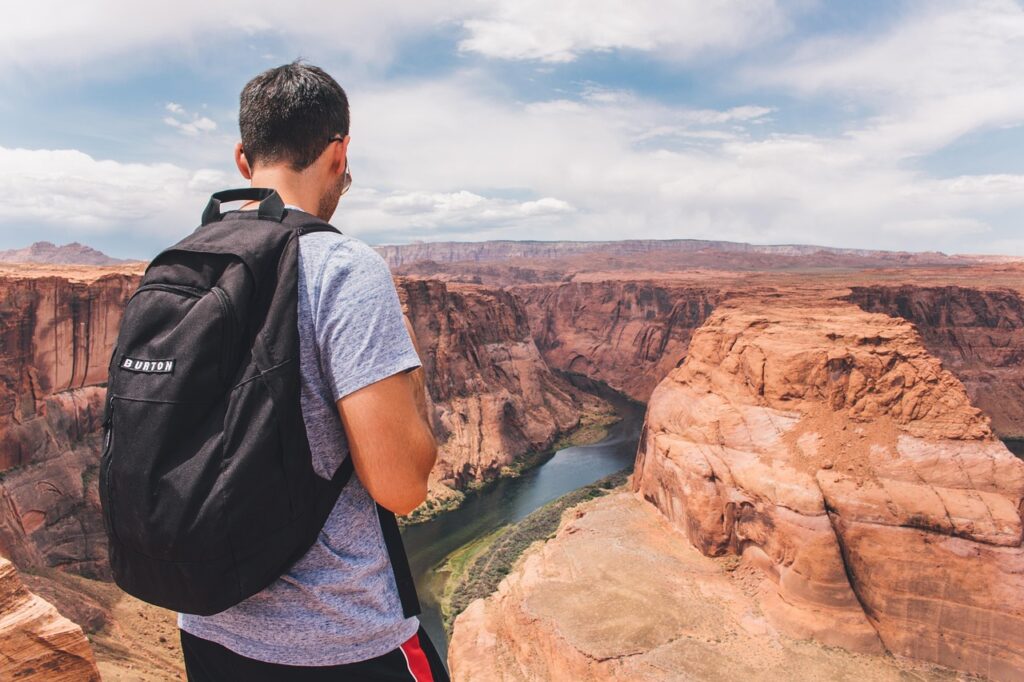
Beyond the physical challenge, many hikers report that the rim-to-river experience offers a profound psychological journey. The immensity of the canyon puts human concerns into perspective, creating a natural environment for contemplation and personal insight. The gradual disconnection from the modern world (cell service disappears quickly below the rim) forces a return to the fundamental rhythms of walking, breathing, and observing. Many hikers describe a meditative state that develops naturally during the long ascent, where the repetitive motion of climbing becomes a form of moving meditation. Veterans’ groups, grief counselors, and mental health professionals have all recognized the therapeutic potential of canyon hiking, with some organizations specifically offering guided experiences for healing and personal growth.
Phantom Ranch: The Oasis at the Bottom
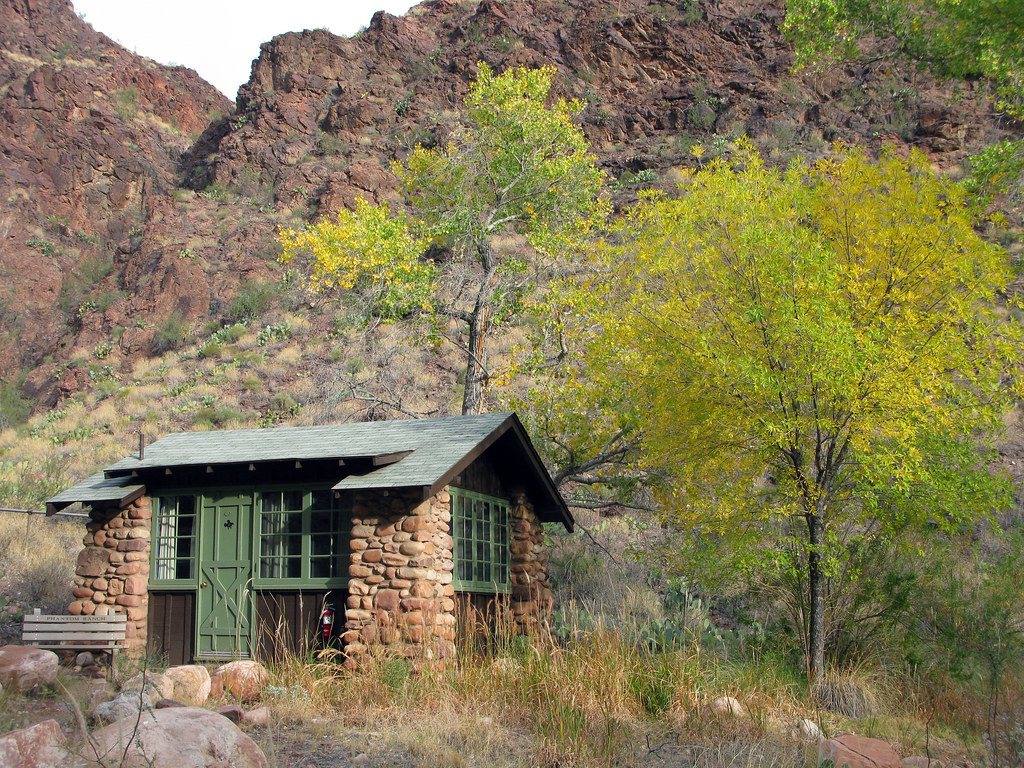
Nestled beside Bright Angel Creek near its confluence with the Colorado River lies Phantom Ranch, the only lodging below the rim of the Grand Canyon. This historic oasis, designed by architect Mary Colter in 1922, offers rustic cabins and dormitories that provide welcome respite for weary hikers. The ranch’s canteen serves family-style breakfasts and dinners that have become legendary among canyon hikers, with the steak dinner and famous chocolate cake representing well-earned rewards for those who make the journey. Reservations for Phantom Ranch are among the most coveted in the National Park system, requiring entering a lottery 15 months in advance. For those lucky enough to secure a bed, spending the night at this isolated outpost surrounded by towering canyon walls provides an experience of solitude and connection to the landscape that day-hikers never experience.
Native American Heritage and Connections

The trails that modern hikers follow often trace routes established by indigenous peoples who considered the canyon not just a home but a sacred place. The Havasupai (“people of the blue-green waters”) have lived in and around the canyon for at least 800 years, while archaeological evidence shows human habitation in the region dating back nearly 12,000 years. The Hopi consider the Grand Canyon the place where their ancestors emerged into this world, and many tribes including the Navajo, Zuni, and Southern Paiute maintain deep cultural connections to specific sites within the canyon. Hiking these ancient pathways offers an opportunity to reflect on this long human history and the indigenous knowledge that made living in this challenging environment possible. Some stretches of trail still show evidence of ancient construction techniques, with rock walls supporting sections that have been in use for centuries.
The River: Journey’s Destination
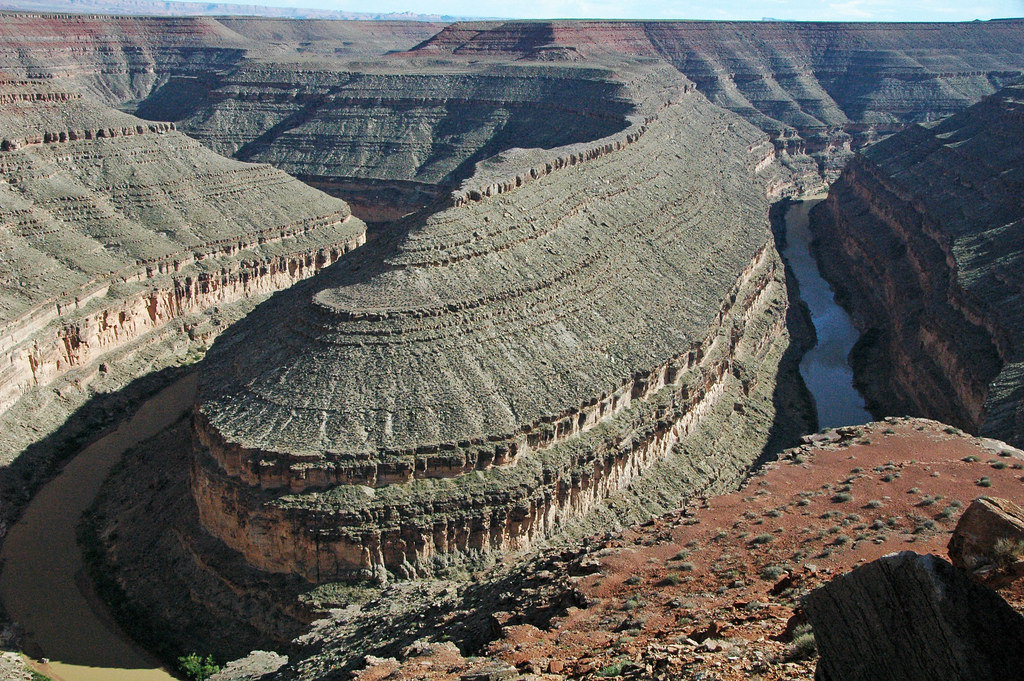
Reaching the Colorado River represents both the literal and symbolic heart of the rim-to-river experience. The mighty waterway that carved the canyon continues its work today, carrying an average of 300,000 tons of sediment downstream every day. The river’s emerald green waters (a result of temperature and sediment content) provide a striking contrast to the red and orange canyon walls. At river level, hikers can experience the canyon from a completely different perspective, looking up at towering walls rather than down into depths. The beaches along the river offer places to soak tired feet, though swimmers should be extremely cautious of the powerful currents. For many hikers, touching the waters of the Colorado represents a connection to the primal force that created the landscape they’ve journeyed through, a moment of reflection before beginning the challenging ascent.
Weather Extremes and Seasonal Considerations
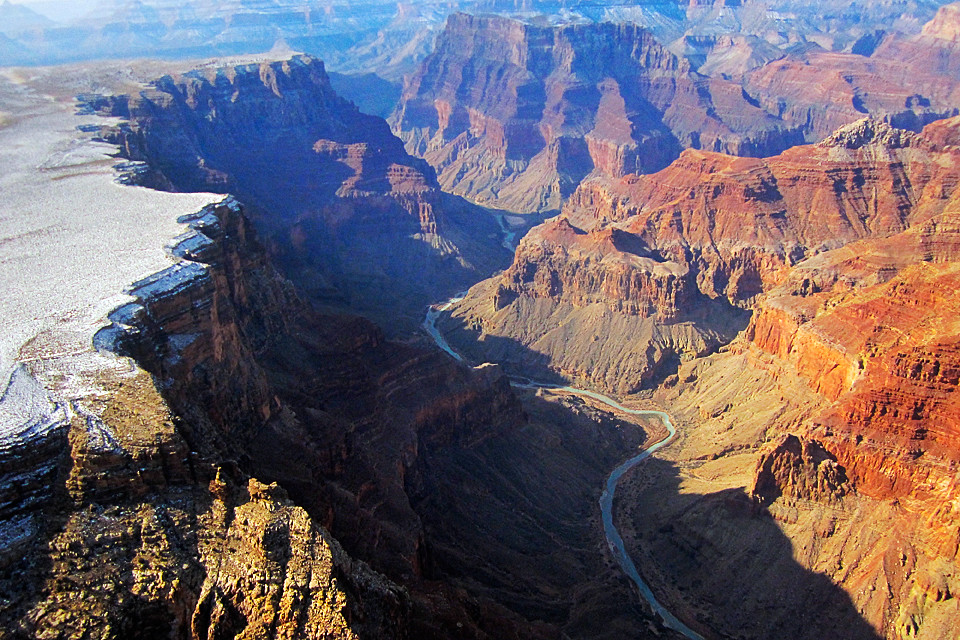
The Grand Canyon experiences extreme weather variations that dictate the optimal seasons for rim-to-river hiking. Summer temperatures at the river can exceed 120°F (49°C), creating potentially lethal conditions as the dark rock walls radiate heat like an oven. Winter brings snow and ice to the upper portions of trails, requiring specialized equipment like microspikes for safety. Most experienced canyon hikers consider late fall (October-November) and early spring (March-April) the ideal seasons, offering moderate temperatures and less crowded trails. During these shoulder seasons, hikers can experience comfortable daytime temperatures while avoiding both the summer heat dangers and winter ice hazards. Regardless of season, weather in the canyon can change dramatically and unpredictably, requiring hikers to prepare for multiple conditions within a single day.
Conservation Challenges and Responsible Hiking

The Grand Canyon faces numerous conservation challenges that responsible hikers should be aware of when planning their journey. Water scarcity remains a persistent issue, with all drinking water below the rim being pumped from Roaring Springs, placing stress on this limited resource during peak visitation. Soil erosion along heavily trafficked trails requires constant maintenance by park crews, who work to maintain sustainable trail design. Noise pollution from air tours impacts the wilderness experience for hikers and wildlife alike. Hikers can minimize their impact by adhering strictly to Leave No Trace principles, carrying out all trash (including food scraps), staying on designated trails, and using water resources conservatively. Many experienced canyon hikers volunteer for trail maintenance projects or contribute to conservation organizations working to protect this unique environment for future generations.
The Night Sky Experience
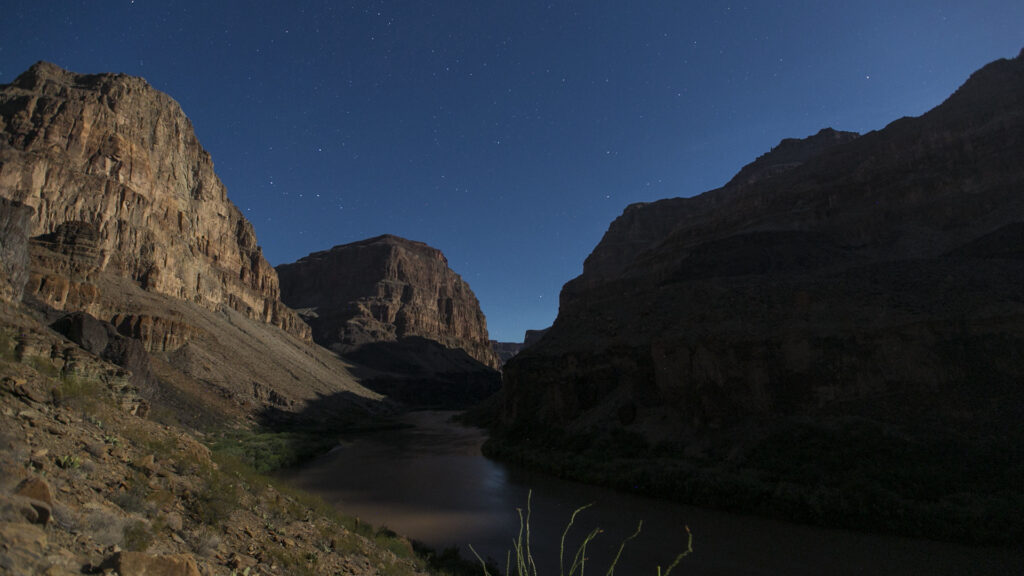
For those fortunate enough to spend the night below the rim, the Grand Canyon offers one of the finest dark sky experiences in North America. The canyon’s remote location and the Park Service’s efforts to minimize light pollution create ideal conditions for stargazing. From Phantom Ranch or backcountry campsites, the Milky Way stretches overhead with remarkable clarity, appearing as a dense river of stars against the black void. The canyon walls frame this celestial display, creating a natural observatory that connects visitors to the same night sky that indigenous peoples observed for millennia. Astronomers value the Grand Canyon for its exceptional atmospheric stability, which reduces the twinkling effect that distorts starlight in many locations. Many hikers time their overnight stays to coincide with meteor showers or new moon periods for optimal viewing conditions.
Transformative Impact on Hikers
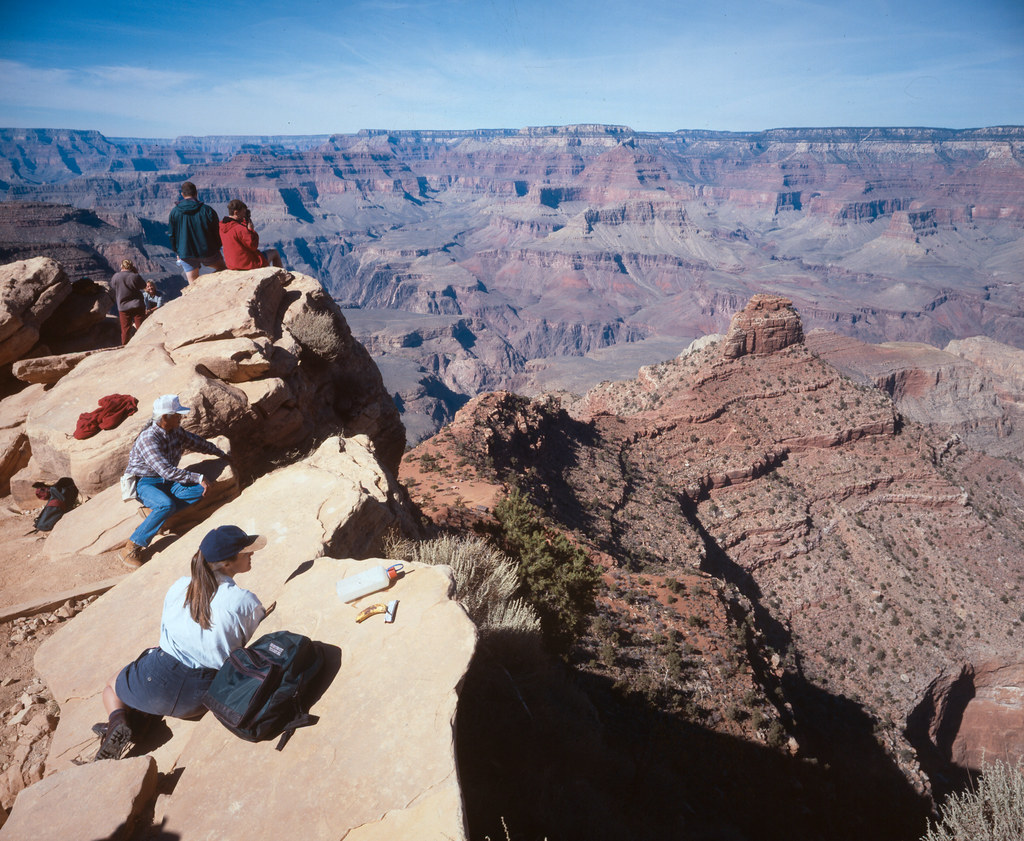
Perhaps the most compelling reason the rim-to-river journey deserves a place on every adventurer’s bucket list is the transformative impact reported by those who complete it. Countless hikers describe the experience as life-changing, offering a renewed perspective on their place in the natural world and the brief span of human existence compared to geological time. The physical achievement of completing such a demanding hike builds confidence that transfers to other life challenges. Many hikers report that the journey becomes a personal milestone—life events are often described as “before the canyon” or “after the canyon.” The sense of accomplishment in navigating this iconic landscape connects hikers to generations of explorers who came before, while the physical immersion in such grandeur creates memories that remain vivid decades later.
Preparing for Your Rim-to-River Adventure
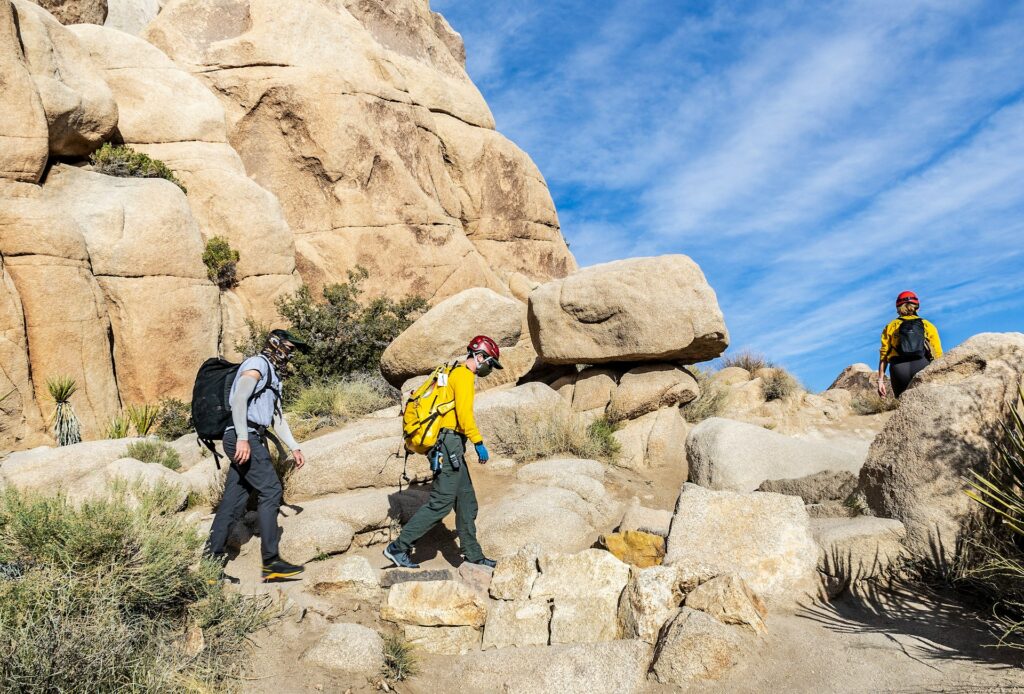
Successfully completing a rim-to-river hike requires careful preparation beginning months before your journey. Physical training should focus on uphill hiking with a loaded pack, ideally on terrain with significant elevation gain to simulate the canyon’s demands. Gear selection must balance weight considerations with safety needs, with the “ten essentials” forming the core of any packing list. Securing permits or reservations requires planning 4-15 months in advance, depending on whether you’re targeting backcountry camping or Phantom Ranch accommodations. First-time canyon hikers should consider joining a ranger-led hike or hiring a guide service to benefit from experienced leadership. The Grand Canyon Conservancy offers field institute classes that combine educational content with guided hiking experiences, providing an enriched understanding of the landscape while ensuring safety protocols are followed.
The rim-to-river trails of the Grand Canyon offer far more than just a hike—they provide a journey through Earth’s history, a challenging physical adventure, and often a transformative personal experience. Those who descend below the rim discover a world that cannot be appreciated from scenic overlooks alone, with each switchback revealing new perspectives on this magnificent landscape. While photographs can capture the canyon’s beauty, they cannot convey the full sensory experience of feeling the temperature change as you descend, hearing the echo of your footsteps against ancient rock walls, or experiencing the profound silence that exists in side canyons. For those willing to prepare properly and respect the canyon’s challenges, the rim-to-river journey delivers one of the most rewarding outdoor experiences North America offers—a true bucket list adventure that continues to inspire and humble all who undertake it.

